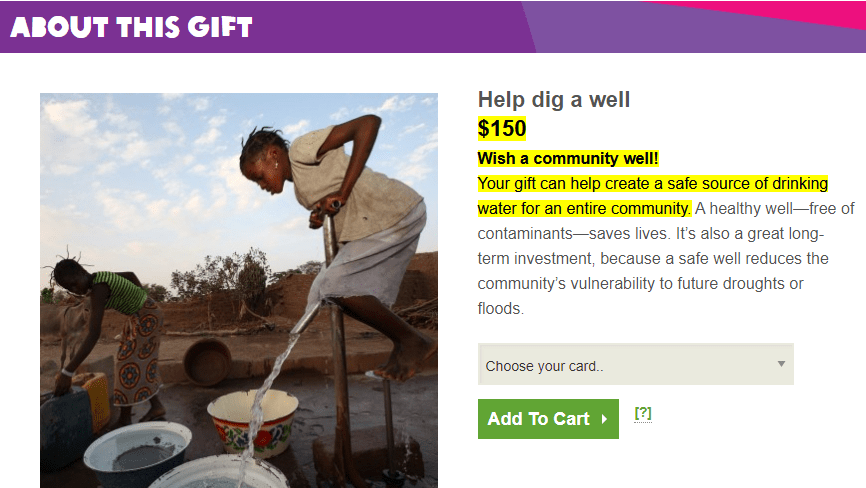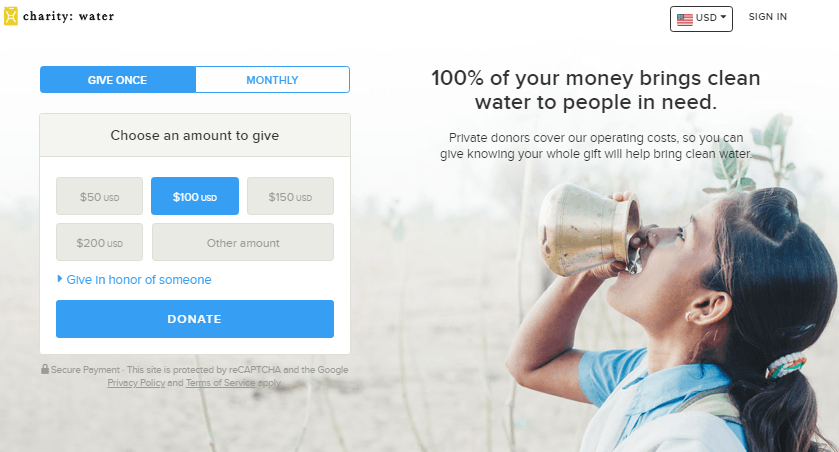5 Secret Nonprofit Donor Retention Action Strategies
 Giving is an emotional experience. It deserves an emotional response.
Giving is an emotional experience. It deserves an emotional response.
Be human.
Ever notice how sometimes when we put on our work hats we cease to be human? How we somehow morph into little robotic “professionals” and become enamored of jargon?
“Lybnts.” “Sybnts.” “Recaptures.”
Not that those things aren’t important. You need goals and objectives.
And given the dreadful state of donor retention in the U.S. today (and in the U.K and Canada as well), it’s vital you be able to measure how you’re doing. Because growth in giving is a factor not just of how many new donors and dollars you acquire, but also of how many donors and dollars you lose.
If you lose as many current donors as you gain new ones, you’re getting nowhere. Fast.
Treadmills Are Only Good in the Gym
Slow down.
Think about what you’re doing and why. You may need to change your frame of mind.
When you acquire a new donor, is it for that one-time transaction? If so, that’s not a very thoughtful strategy, because it costs more money than you make to acquire new donors. In fact, you likely won’t make back your investment for 18 months or so. You won’t make it back at all if you don’t renew that donor.
Nonprofits, sadly, have been on a non-stop treadmill. Donors in. Donors out. Donors in. Donors out. So… something about just measuring this stuff isn’t really working.
Details
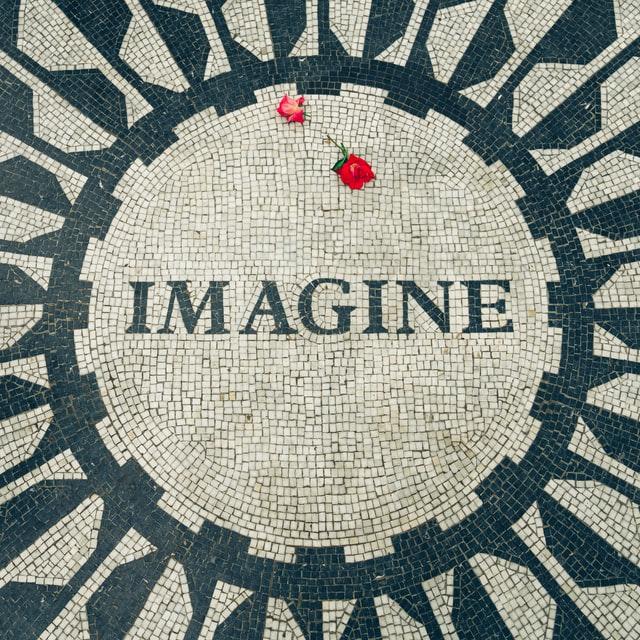
 One of my pet peeves as a donor is making a contribution (via a peer-to-peer request or tribute gift in honor or memory) in support of a friend; then receiving nothing but a form receipt.
One of my pet peeves as a donor is making a contribution (via a peer-to-peer request or tribute gift in honor or memory) in support of a friend; then receiving nothing but a form receipt.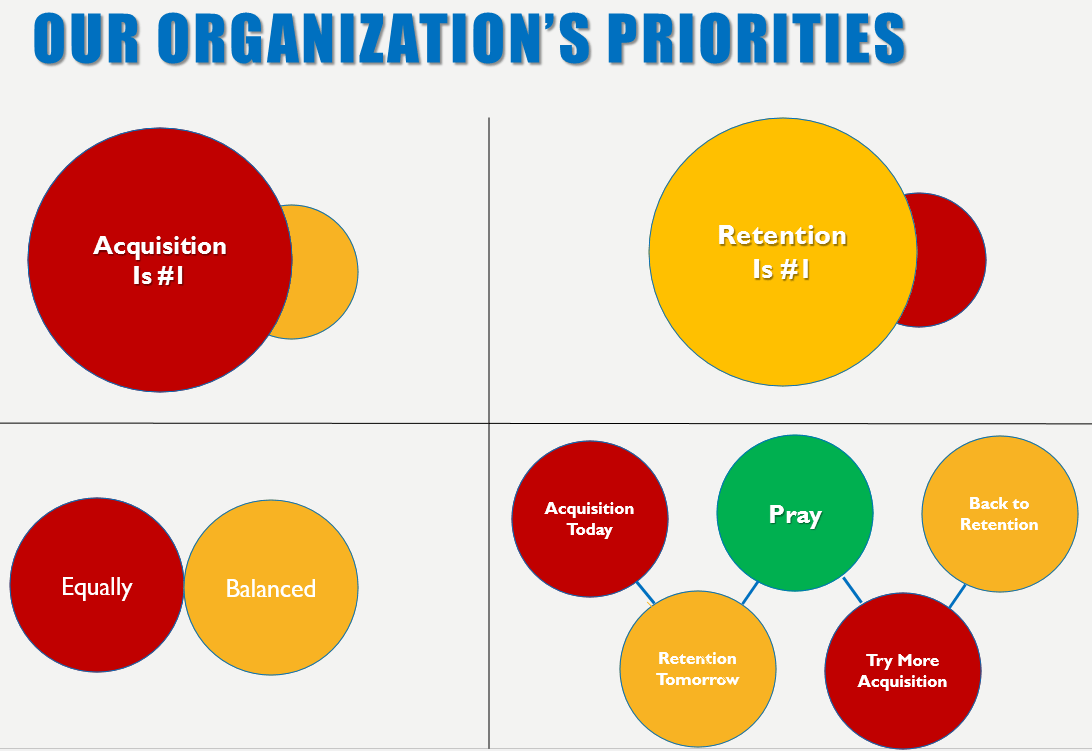

 The Unfair Exchange
The Unfair Exchange

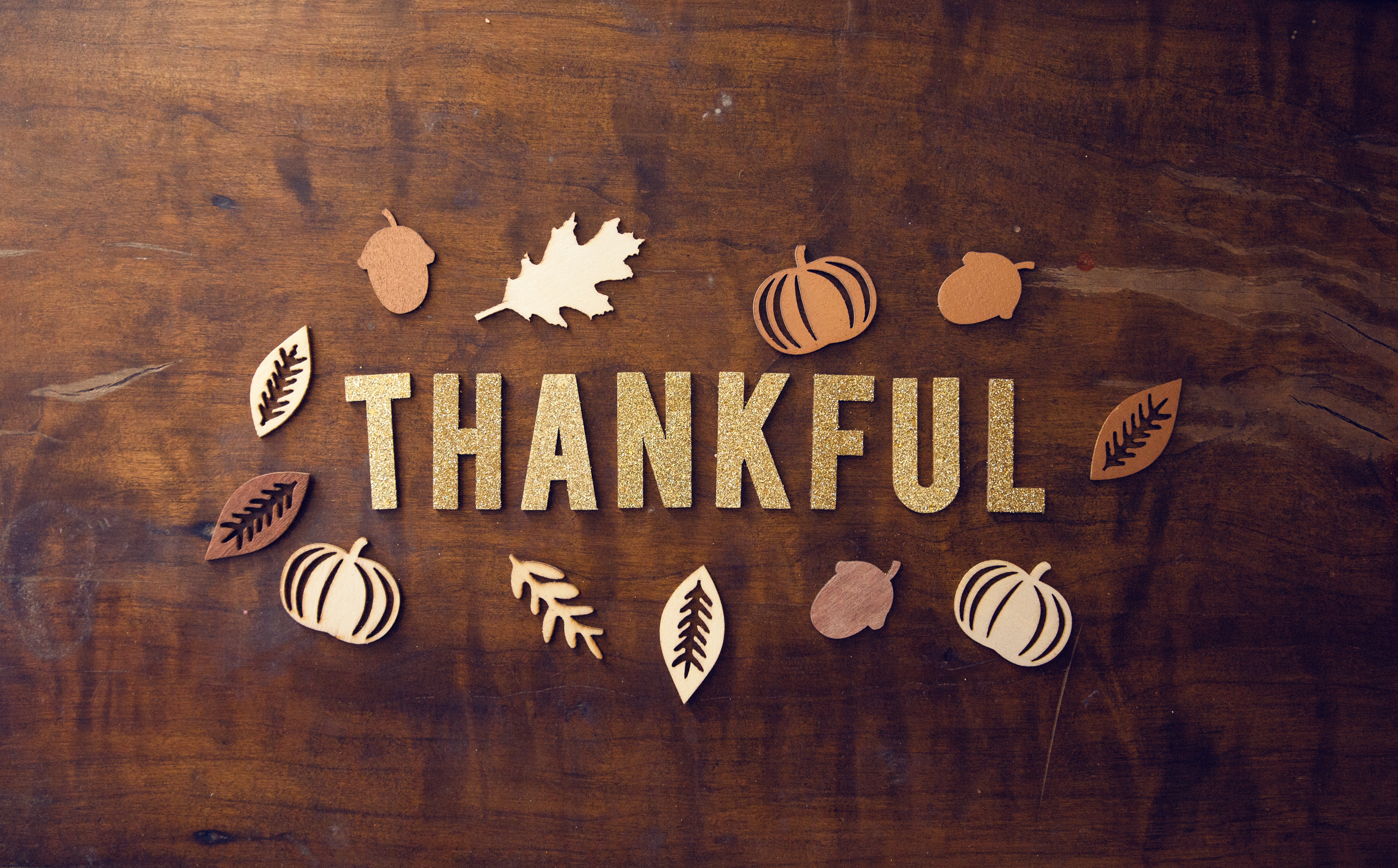
 This Thursday folks in the United States will celebrate what I consider to be the social benefit sector holiday of the year:
This Thursday folks in the United States will celebrate what I consider to be the social benefit sector holiday of the year: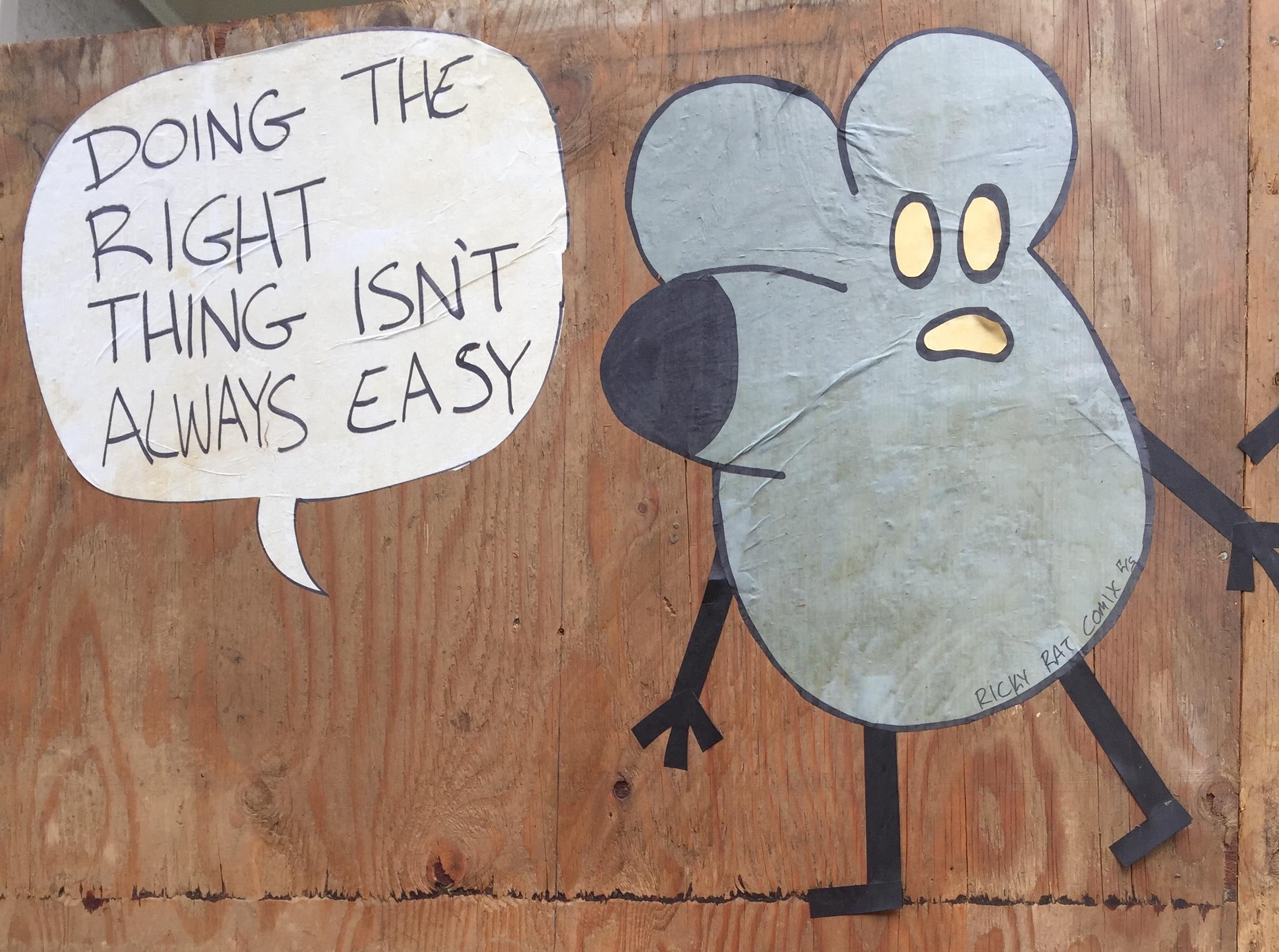
 I’m a fan of suggested ask amounts.
I’m a fan of suggested ask amounts. 